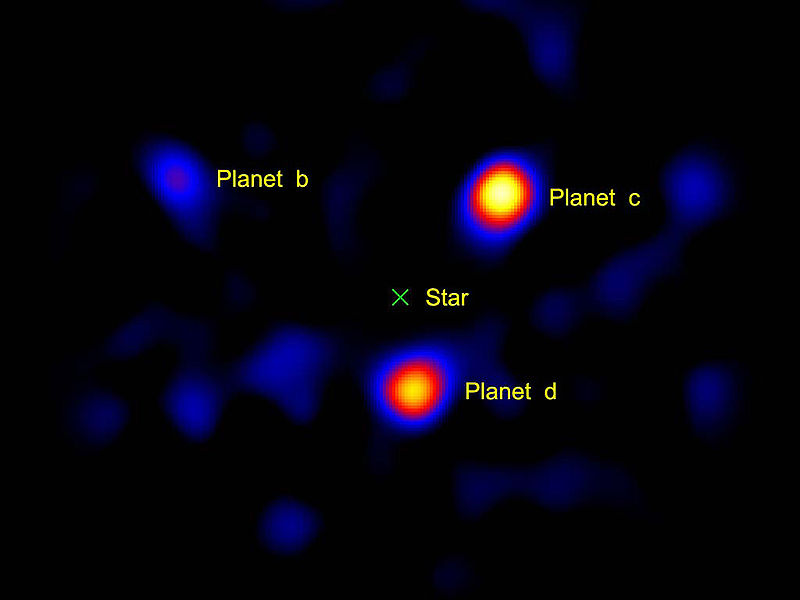
What is an Extrasolar Planet?
An extrasolar planet, or exoplanet, is a planet outside the Solar System. A total of 909 such planets (in 701 planetary systems, including 140 multiple planetary systems) have been identified as of 11 July 2013. The Kepler mission has detected over 18,000 additional transit events, including 262 that may be habitable planets. In the Milky Way galaxy, it is expected that there are many billions of planets (at least one planet, on average, orbiting around each star, resulting in 100–400 billion exoplanets), with many more free-floating planetary-mass bodies orbiting the galaxy directly. The nearest known exoplanet is Alpha Centauri Bb. Almost all of the planets detected so far are within our home galaxy the Milky Way; however, there have been a small number of possible detections of extragalactic planets. Astronomers at the Harvard-Smithsonian Center for Astrophysics (CfA) reported in January 2013, that “at least 17 billion” Earth-sized exoplanets are estimated to reside in the Milky Way galaxy.